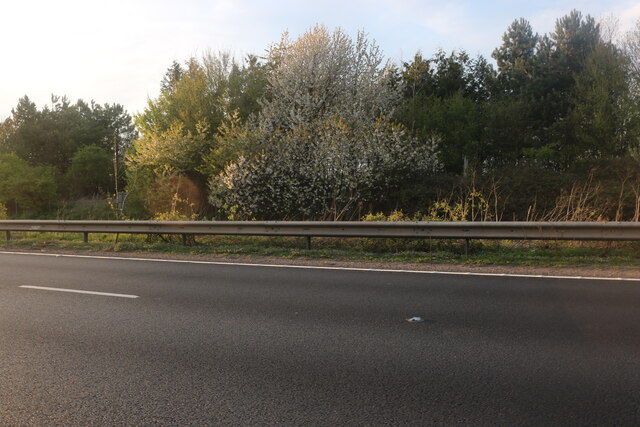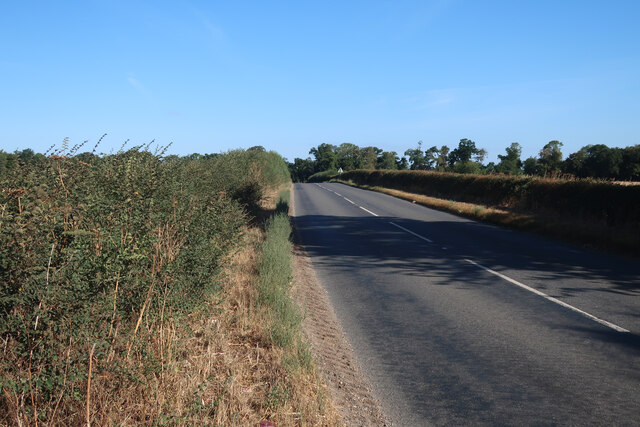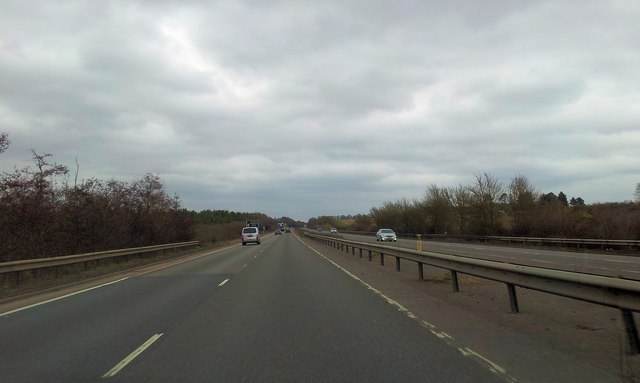Black Belt
Wood, Forest in Suffolk West Suffolk
England
Black Belt
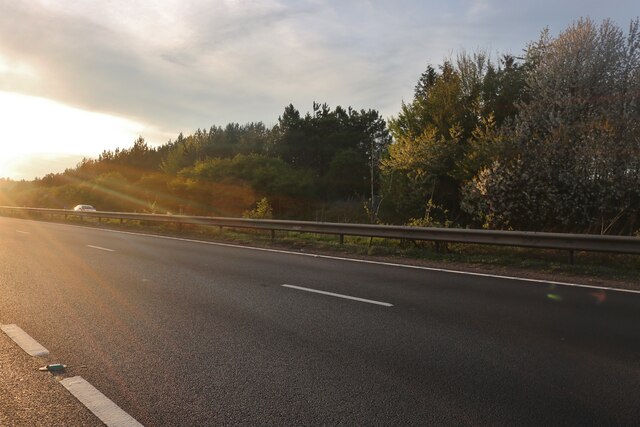
Black Belt, Suffolk, also known as Wood or Forest, is a region located in Suffolk County, England. It is characterized by its dense woodland areas, which cover a significant portion of the landscape. The name "Black Belt" refers to the rich, dark soil found in the region, which is ideal for agricultural purposes.
The woodlands of Black Belt, Suffolk are home to a variety of tree species, including oak, ash, beech, and birch. These forests provide a habitat for numerous wildlife species, such as deer, foxes, badgers, and a diverse array of bird species. The area is also known for its rich biodiversity, with many rare and protected plant and animal species found within its boundaries.
The Black Belt region has a long history of human settlement, with evidence of human activity dating back thousands of years. The woodlands have been utilized for various purposes throughout history, including timber production, hunting, and recreational activities. Today, the forests are managed sustainably, balancing the needs of conservation and local communities.
The Black Belt, Suffolk, attracts visitors from near and far who come to explore its picturesque landscapes and enjoy outdoor activities such as hiking, cycling, and wildlife spotting. The region also offers opportunities for educational programs and research, with several organizations working to preserve and study the unique natural environment.
Overall, Black Belt, Suffolk is a captivating region, renowned for its pristine woodlands and diverse wildlife. It continues to be a cherished part of the Suffolk County, providing a valuable ecosystem and a source of enjoyment for both locals and visitors alike.
If you have any feedback on the listing, please let us know in the comments section below.
Black Belt Images
Images are sourced within 2km of 52.271614/0.58135321 or Grid Reference TL7666. Thanks to Geograph Open Source API. All images are credited.


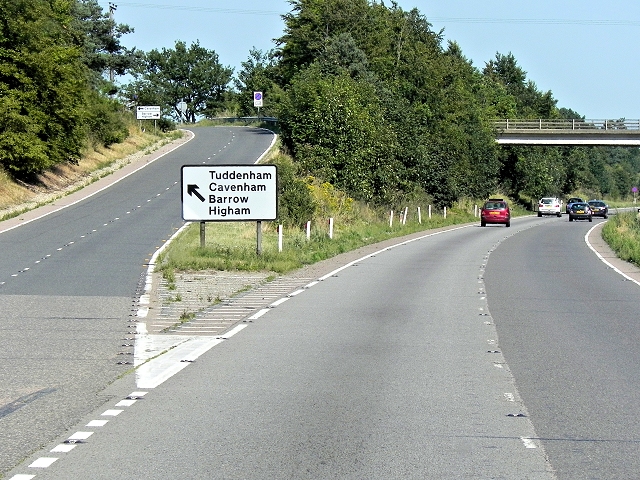
Black Belt is located at Grid Ref: TL7666 (Lat: 52.271614, Lng: 0.58135321)
Administrative County: Suffolk
District: West Suffolk
Police Authority: Suffolk
What 3 Words
///melon.inviting.chairing. Near Bury St Edmunds, Suffolk
Nearby Locations
Related Wikis
Higham railway station (Suffolk)
Higham railway station was a station serving Higham in the English county of Suffolk. It was opened by the Great Eastern Railway in 1854 when the railway...
A14 road (England)
The A14 is a major trunk road in England, running 127 miles (204 km) from Catthorpe Interchange, a major intersection at the southern end of the M6 and...
Black Ditches, Cavenham
Black Ditches is an earthwork close to the village of Cavenham of Suffolk, and part of it is a biological Site of Special Scientific Interest (SSSI). The...
Higham, West Suffolk
Higham is a village and civil parish in the West Suffolk district of Suffolk in the east of England. Located midway between Bury St Edmunds and Newmarket...
Have you been to Black Belt?
Leave your review of Black Belt below (or comments, questions and feedback).
